(ECNS) -- East China's Jiangxi Province has introduced a regulation to prevent and control total phosphorus pollution in Poyang Lake, which took effect starting from Monday.
It is the first of its kind across the country regarding the prevention and control of a single pollutant in a lake.
Located in the middle and lower reaches of the Yangtze River, Poyang Lake is the largest freshwater lake in China. It is home to many world-endangered species, including the Yangtze finless porpoises, making it an important conservation area for preserving biodiversity.
The primary concern in Poyang Lake revolves around elevated levels of total phosphorus. In recent years, the total phosphorus concentration here has decreased from 0.082 milligrams per liter in 2018 to 0.063 milligrams per liter in 2022, showing an overall downward trend. However, there is still a gap from the Class III water-quality total phosphorus limit standard for lake reservoirs.
The new regulation will establish a prevention strategy focused on reducing external pollution, controlling internal pollution, and strengthening pollution control and restoration.
It is stipulated that in lakeside areas where the total phosphorus concentration significantly exceeds the standard, the use of phosphorus-containing detergents should be prohibited in the watershed areas. It also specifies the responsibility of this pollution prevention and control and coordination efforts to solve relevant problems.



















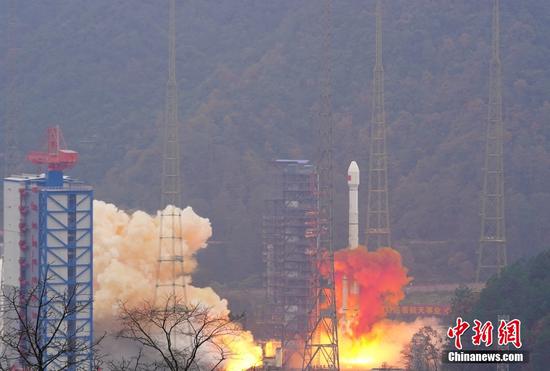







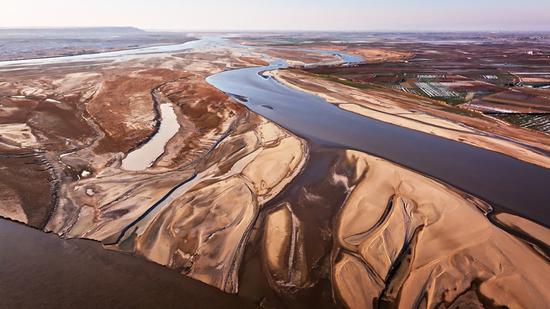

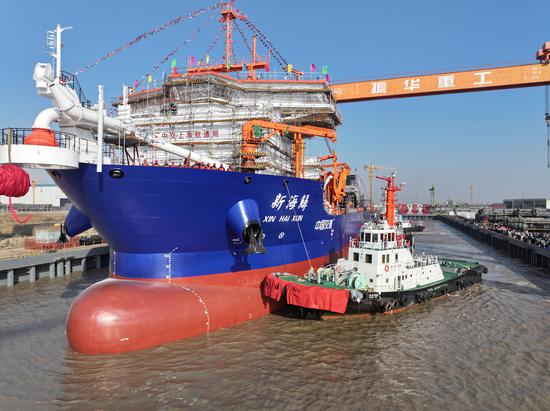
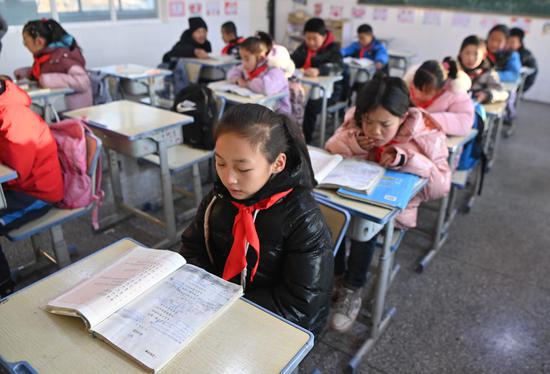


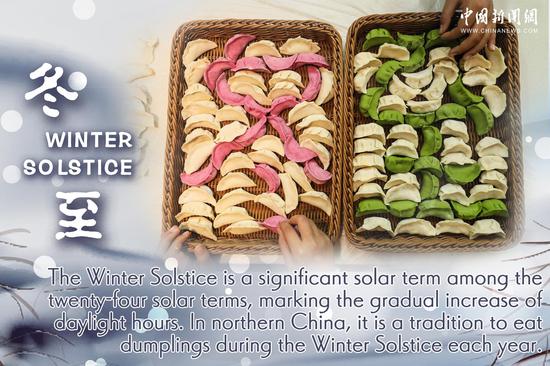

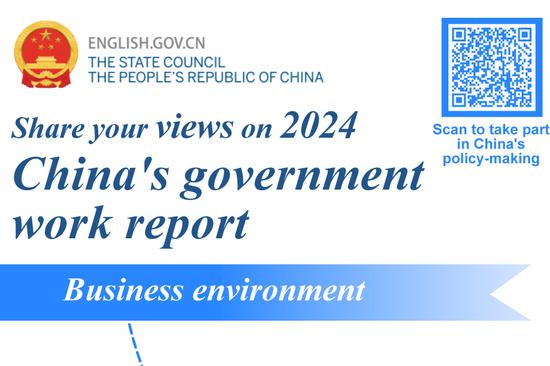


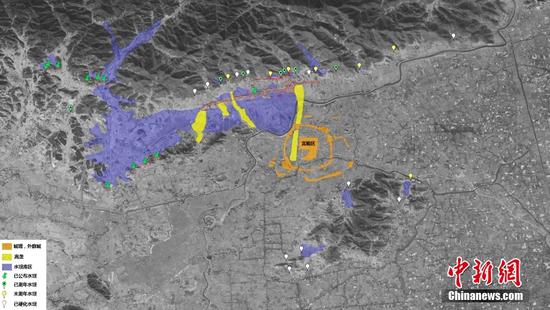











 京公网安备 11010202009201号
京公网安备 11010202009201号